Malaga is pronounced with the accent on the first vowel and this was the most difficult thing we encountered in this city, our first introduction to the culture of Andalusia in southern Spain. Even though our arrival in Malaga was determined more by the expedient of a cheap air ticket from Barcelona, it turned out to be one of those serendipitous moves, as the region served as a gateway to the culture of Morocco which was our intended destination after Greece.
Andalusia was the easily accessible region across the Strait of Gibraltar for the Muslim invaders coming from northern Africa. Islam held sway over Spain from the 11th century (Cordoba) through the 13th century (Seville) lasting till the 15th century (Granada). The three cultures of Islam, Judaism and Christianity coexisted peacefully. The medieval name of the Muslim areas of the Iberian peninsula, Al Andalus, gives Andalusia its name. The Emirate of Granada, the last bastion of Al-Andalus, fell to the Catholic monarchs, Isabella and Ferdinand. Columbus' 1492 landing in the Americas brought great wealth to Seville and the region. Fast forward to the early 21st century, Andalusia is going through another ethnic re-balancing with the arrival of immigrants from Morocco and sub-Saharan Africa as well as Latin America and Eastern Europe.
Bullfighting, tapas, flamenco, the guitar all began in Andalusia and they continue to hold sway over the people today. Andalusian fiestas are reputed to be the noisiest in all of Spain.
Malaga does not enjoy the same attention from tourists as Seville or Granada does, but its charms are substantial. It does not boast of an overwhelming icon like Granada's Alhambra or Seville's Cathedral, but its location on the shores of the Costa del Sol, makes it an attractive destination. The Tourist Information office astonished us by providing an excellent free audio tour with several different itineraries overlaid on the same territory. This turned out to be a bit too complicated for one to enjoy all the contents, particularly if one did not wish to do the walking tour several times. We tried to follow the multiple itineraries simultaneously but soon gave up and stuck with just two, Romantic Malaga and Sacred Malaga.
The pedestrianized Calle Marques de Larios was nicely spruced up for the coming festive season and shone brilliantly in the day and well lit at night. It seemed to overflow with elderly visitors from northern Europe basking in the (relative) warmth of the Sun Coast. We only spent one long afternoon in town but got a great introduction to Andalusian culture and architecture before we moved on to the more important Andalusian destinations, Granada and Seville.
The Cathedral is the counterpart to the many examples of mosques built on churches that we saw in Turkey. Here we have the counter example of a church built on the site of a former mosque. It features a mix of several styles, Gothic, Renaissance and Baroque. Building began in the 16th century and went on for two centuries. The southern tower was never completed giving the cathedral its nickname, La Manquita (The One-Armed).
Alcazaba, the fortress of the Muslim governers of the Malaga province, dates back to the 11th century. It was a delight to explore its various passageways, gardens, terraces, fountains, all decorated with intricate artwork on the entrances, pillars and roofs. It is located at the western end of the Gibralfaro hill which houses the Castillo de Gibralfaro, a castle originally built in the 8th century by an emir of Cordoba and rebuilt in the 15th and 16th centuries. The museum inside the castle does not have much of interest but the views of Malaga and the Costa del Sol are well worth the climb. The bull ring stadium and the seaside promenade are also breathtaking as is the view of the Malaga town below with La Manquita dominating the skyline. The Roman theatre located below the Alcazaba is closed for renovation but it could be viewed from the adjacent Plaza de la Aduana.
Our never ending quest for vegetarian food around the planet met with two unusual responses from Malaga. At lunchtime, we spied signs promising a three-course Vegetarian lunch and enjoyed ourselves with soup, vegetables and dessert coupled with a very nice Rioja. Later in the evening, we encountered an old American favorite, Taco Bell! Apart from the perennial vegetarian staple, the burrito, we also partook of the ridiculously sub-Euro priced combo of Taco and a beer.
Google maps link
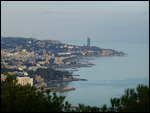

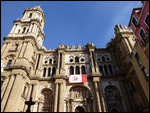





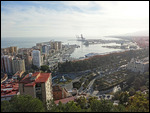
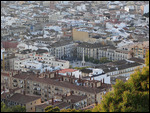

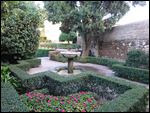
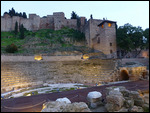

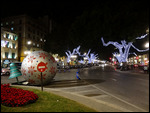
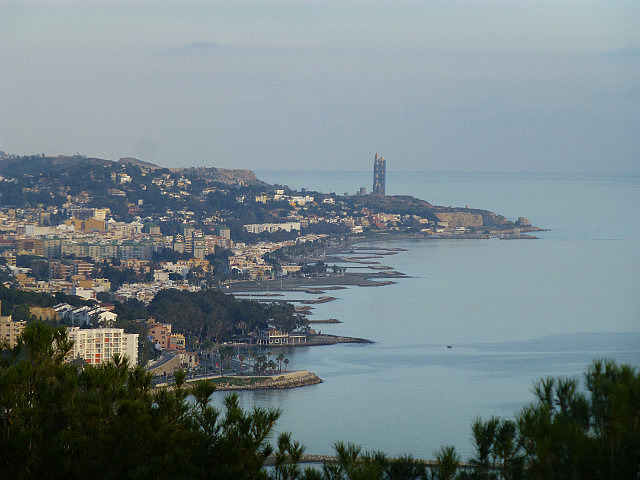
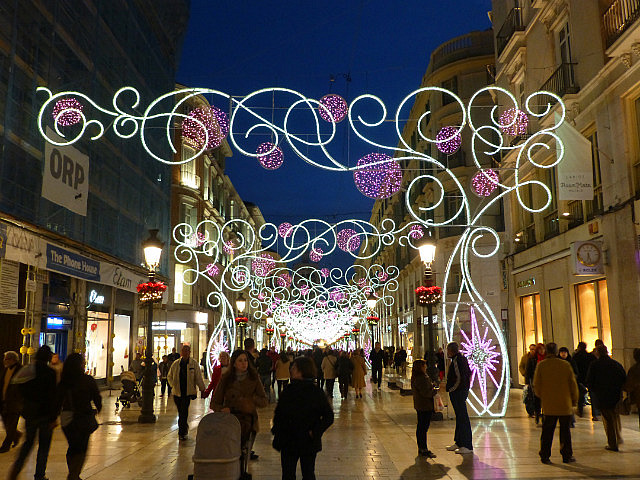

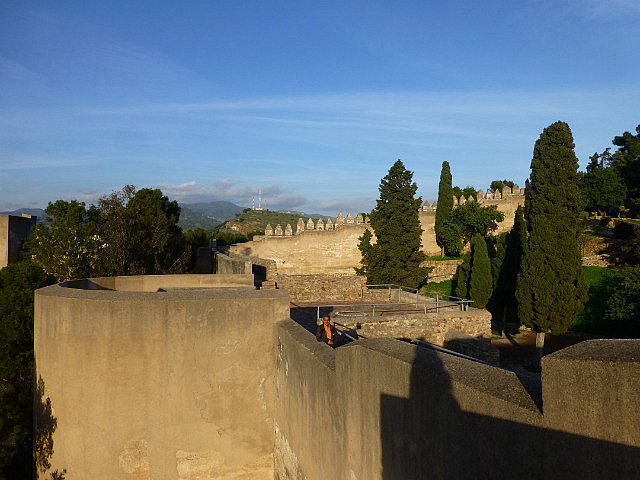

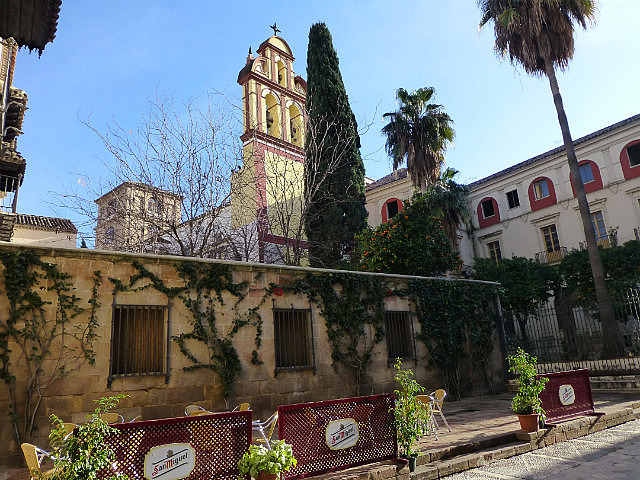
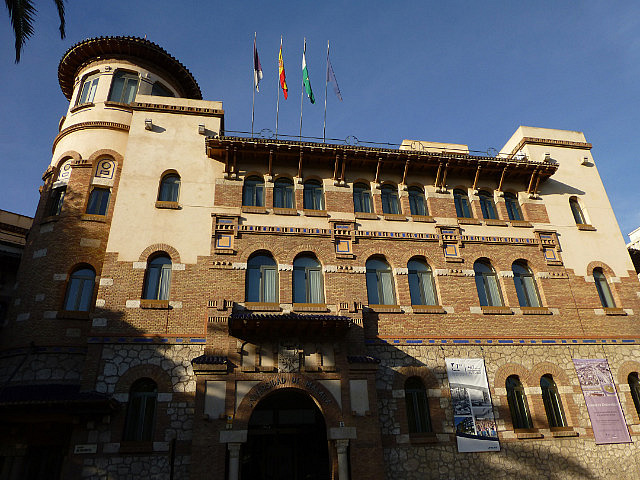
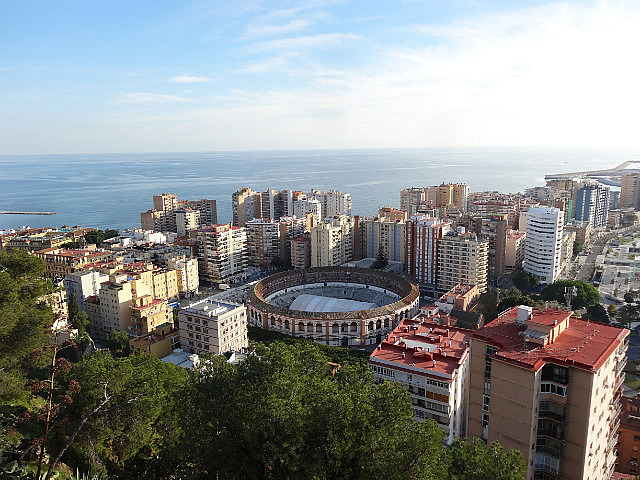
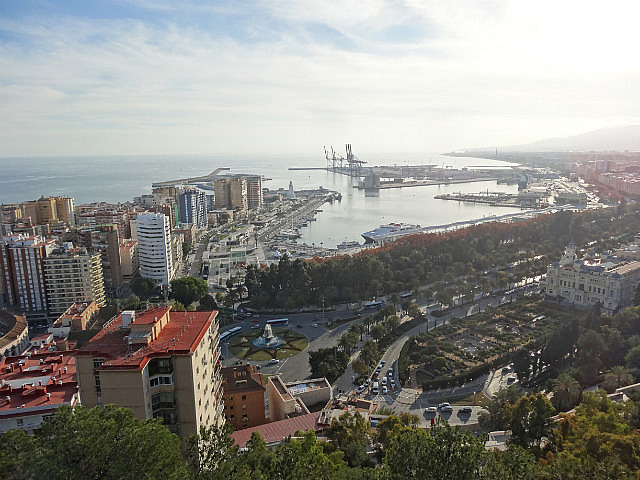
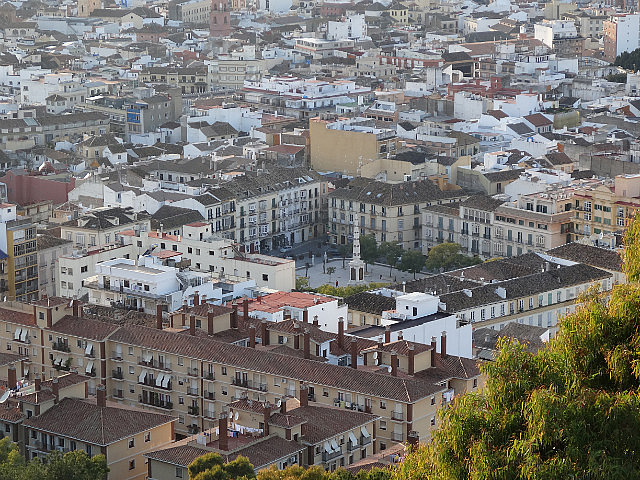

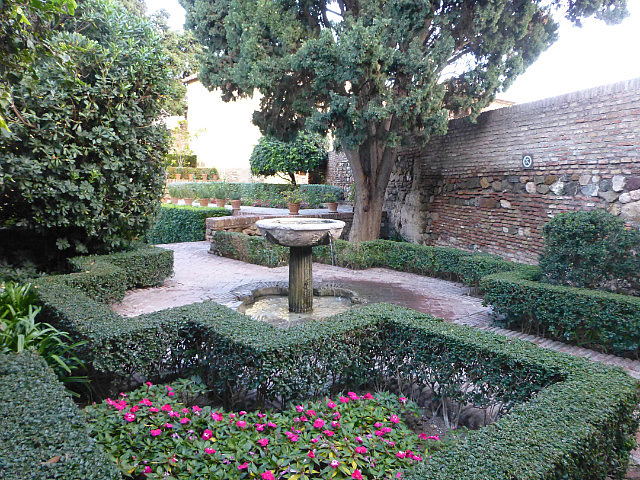
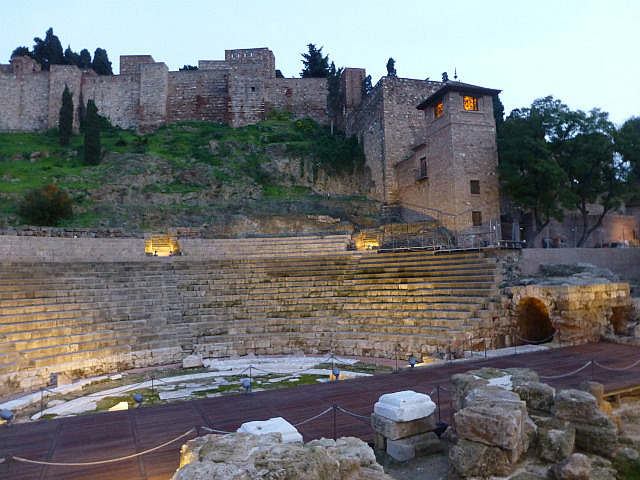

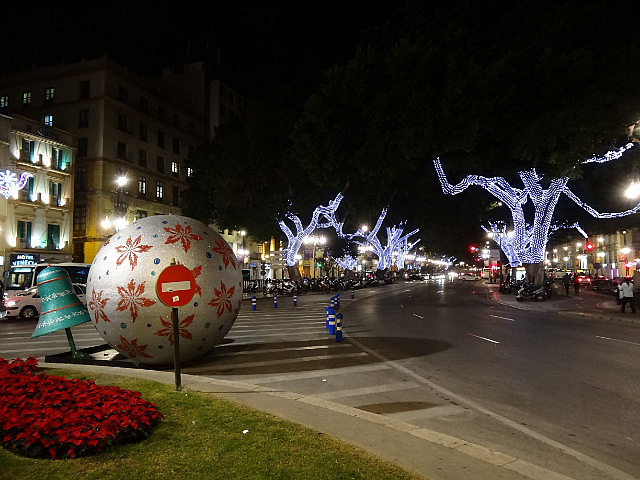
Comments